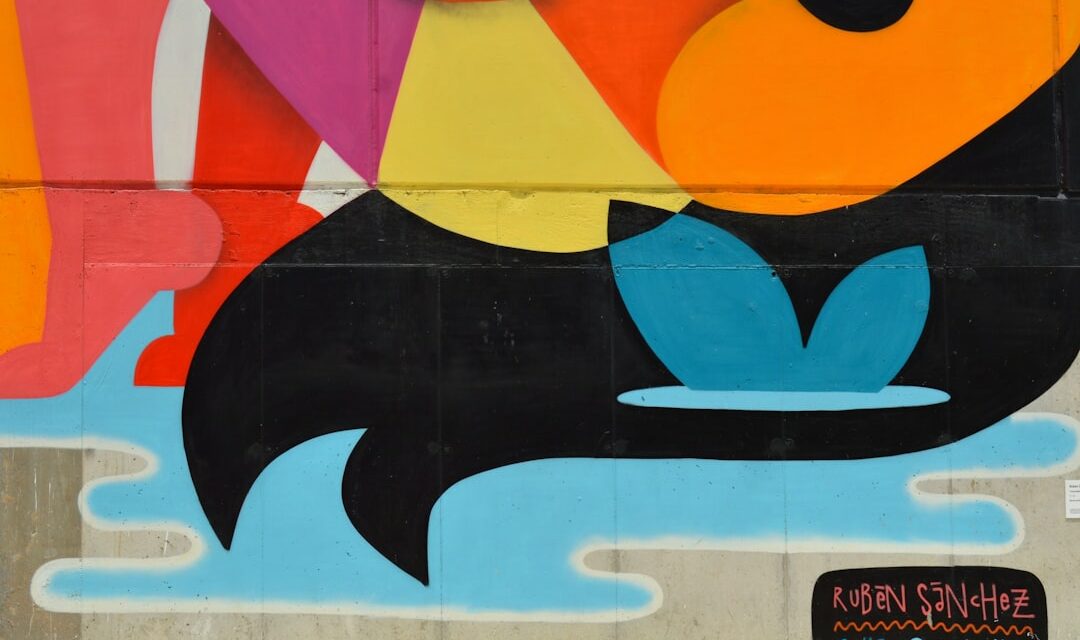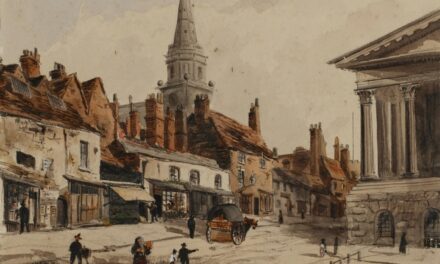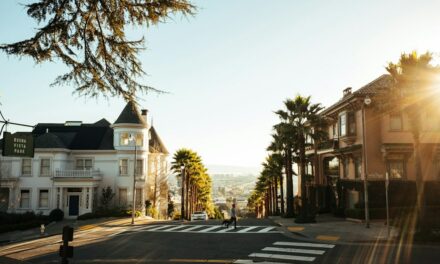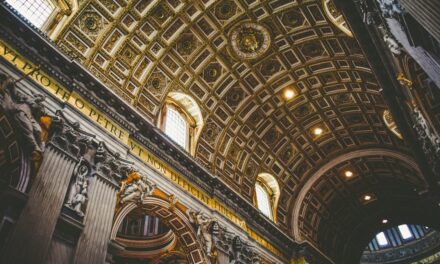Mural painting boasts a rich and varied history that stretches back thousands of years, with its origins deeply rooted in the early civilisations of humanity. The earliest known examples can be traced to prehistoric cave paintings, such as those found in Lascaux, France, and Altamira, Spain, where ancient artists used natural pigments to depict animals and human figures on rock walls. These early murals served not only as artistic expressions but also as a means of communication, conveying stories and beliefs of the communities that created them.
As societies evolved, so too did the techniques and purposes of mural painting, transitioning from the utilitarian to the decorative and narrative. In ancient civilisations such as Egypt, Greece, and Rome, murals became integral to architectural design and cultural expression. Egyptian tombs were adorned with intricate frescoes that depicted scenes from the afterlife, intended to guide the deceased through their journey.
In contrast, Greek murals often celebrated mythology and heroic deeds, while Roman frescoes showcased opulence and daily life, as seen in the well-preserved examples from Pompeii. The Renaissance marked a significant turning point in mural painting, with artists like Michelangelo and Raphael elevating the medium to new heights. Their works in the Sistine Chapel and the Vatican Stanze not only demonstrated technical mastery but also conveyed profound theological and philosophical themes, solidifying mural painting’s status as a revered art form.
Summary
- Mural painting has a rich history dating back to ancient times, with examples found in caves, tombs, and temples around the world.
- Artists use a variety of materials and techniques, including fresco, mosaic, and acrylic, to create murals that can withstand the test of time.
- Mural painting plays a significant role in different cultures, often serving as a form of storytelling, political expression, or community identity.
- Famous examples of mural painting include the Sistine Chapel ceiling by Michelangelo, the Great Wall of Los Angeles, and the Berlin Wall murals.
- The process of creating a mural involves careful planning, sketching, scaling, priming, painting, and sealing to ensure longevity and impact in public spaces.
Materials and Techniques Used in Mural Painting
Traditional Methods
Traditionally, murals were created using natural pigments derived from minerals, plants, and other organic sources. These pigments were mixed with a binding agent, such as egg yolk or animal glue, to create a paint that could adhere to surfaces. The application of these paints varied; for instance, fresco techniques involved applying water-based pigments onto freshly laid wet plaster, allowing the colours to become an integral part of the wall as it dried.
Contemporary Materials and Techniques
In contemporary mural painting, artists have access to a broader range of materials, including synthetic paints and spray paints. Acrylics have become particularly popular due to their versatility and quick-drying properties. Additionally, modern muralists often incorporate mixed media elements, such as collage or digital projections, expanding the possibilities for creative expression.
Urban Environments and Innovative Techniques
Techniques such as stencilling and wheat-pasting have also gained traction in urban environments, allowing for rapid execution and the ability to cover large areas with intricate designs. The choice of materials not only affects the aesthetic quality of the mural but also its longevity and interaction with the surrounding environment.
The Role of Mural Painting in Different Cultures
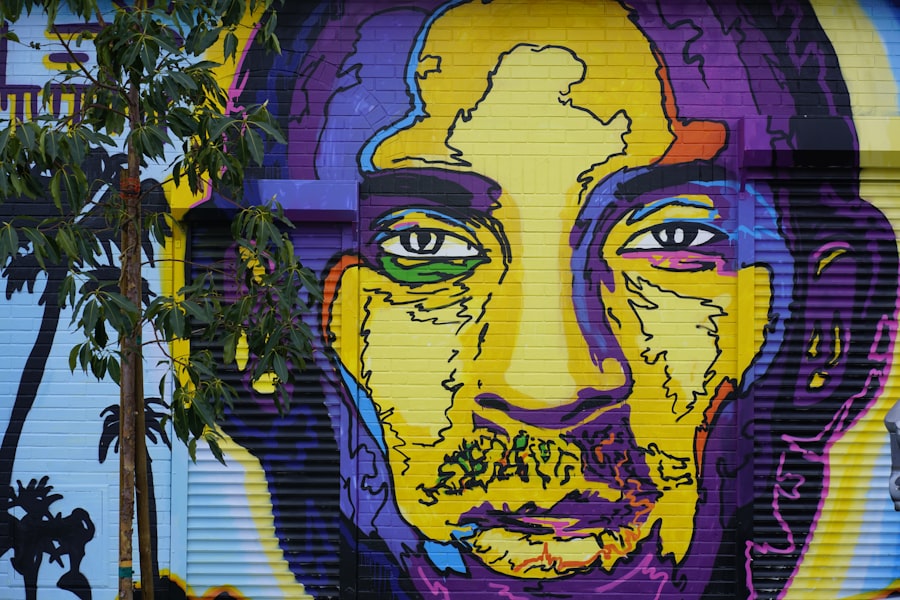
Mural painting has played a significant role in various cultures around the globe, serving as a medium for storytelling, social commentary, and cultural identity. In many Indigenous cultures, murals are used to convey ancestral knowledge and spiritual beliefs. For example, Native American tribes often create murals that reflect their connection to nature and their historical narratives.
These artworks serve not only as visual representations but also as educational tools that pass down traditions and values through generations. In contrast, urban environments have seen murals emerge as powerful forms of social commentary and activism. Street art movements have gained momentum in cities worldwide, with artists using public spaces to address issues such as inequality, racism, and environmental concerns.
The murals created during the Mexican Muralism movement in the early 20th century exemplify this role; artists like Diego Rivera and David Alfaro Siqueiros used their work to promote social change and reflect the struggles of the working class. This intersection of art and activism continues to resonate today, as contemporary muralists harness their craft to inspire dialogue and provoke thought within their communities.
Famous Examples of Mural Painting Around the World
Throughout history, numerous murals have gained recognition for their artistic merit and cultural significance. One of the most iconic examples is Leonardo da Vinci’s “The Last Supper,” painted in the late 15th century in Milan. This monumental work captures a pivotal moment in Christian theology with remarkable emotional depth and compositional innovation.
The mural’s influence extends beyond its immediate context; it has inspired countless interpretations across various media. Another notable example is Diego Rivera’s “Man at the Crossroads,” originally commissioned for the Rockefeller Center in New York City. Although it was ultimately destroyed due to its controversial political themes, Rivera’s work remains emblematic of the power of mural painting to challenge societal norms.
In Mexico City, Rivera’s murals at the National Palace depict the history of Mexico from pre-Columbian times through the revolution, serving as a visual narrative that celebrates national identity. In more recent times, Banksy has emerged as a prominent figure in contemporary mural art. His politically charged works often appear unexpectedly on urban walls, provoking thought and discussion about pressing social issues.
One of his most famous pieces, “Girl with a Balloon,” encapsulates themes of hope and loss while simultaneously critiquing consumerism. These examples illustrate how mural painting transcends mere decoration; it serves as a powerful vehicle for cultural expression and social commentary.
The Process of Creating a Mural
Creating a mural is a multifaceted process that requires careful planning, artistic skill, and an understanding of the chosen environment. The initial stage typically involves conceptualisation, where the artist develops ideas based on themes or messages they wish to convey. This phase may include sketching preliminary designs or creating digital mock-ups to visualise how the mural will interact with its surroundings.
Once a concept is established, artists often conduct site visits to assess the wall’s surface texture, lighting conditions, and surrounding architecture. This information is crucial for determining appropriate materials and techniques. After securing any necessary permissions from property owners or local authorities, artists prepare the wall by cleaning it and applying a base coat if needed.
The actual painting process can vary significantly depending on the chosen technique; for instance, traditional frescoes require meticulous layering of pigments on wet plaster, while spray paint allows for quicker execution. Collaboration is also an essential aspect of mural creation. Many artists work alongside community members or other artists to gather input or share skills.
This collaborative approach not only enriches the final artwork but also fosters a sense of ownership among those who will interact with it daily. The completion of a mural often culminates in a community unveiling event, celebrating both the artwork itself and its significance within the local context.
The Impact of Mural Painting on Public Spaces

Revitalising Neglected Areas
Moreover, murals can play a crucial role in shaping community identity. They often reflect local history, culture, or values, creating a sense of belonging among residents. For instance, neighbourhoods that embrace mural art frequently see an increase in community engagement as residents take pride in their surroundings and participate in events centred around these artworks.
Community Engagement and Advocacy
This sense of ownership can lead to greater advocacy for public spaces and initiatives aimed at preserving local culture. Additionally, murals can serve as platforms for dialogue about social issues. By addressing topics such as inequality or environmental sustainability through visual art, muralists invite viewers to reflect on their surroundings critically.
Artistic Expression and Community Action
This engagement can spark conversations that lead to community action or policy changes. As public spaces increasingly become sites for artistic expression, murals continue to redefine how we interact with our environment.
Contemporary Trends in Mural Painting
The landscape of mural painting has evolved significantly in recent years due to technological advancements and shifts in societal attitudes towards public art. One prominent trend is the rise of digital technology in mural creation. Artists are now utilising digital tools for design purposes or even projecting images onto walls before painting them by hand.
This method allows for greater precision and experimentation with complex designs that may have been challenging to execute using traditional techniques alone. Another notable trend is the increasing collaboration between artists and brands or organisations seeking to enhance their public image through art. Corporate sponsorships have become more common in urban areas where businesses commission murals to beautify their premises or engage with local communities.
While this trend can lead to high-quality artworks that benefit both parties involved, it raises questions about authenticity and whether commercial interests may overshadow grassroots artistic movements. Furthermore, there is a growing emphasis on sustainability within mural painting practices. Many contemporary artists are exploring eco-friendly materials and techniques that minimise environmental impact while still delivering striking visual results.
This shift reflects broader societal concerns about climate change and encourages artists to consider their role within this context actively.
How to Get Started with Mural Painting
For those interested in embarking on their journey into mural painting, several steps can help facilitate a successful start. First and foremost is developing artistic skills through practice; aspiring muralists should spend time honing their drawing and painting abilities on smaller canvases before tackling larger projects. Experimenting with different styles and techniques will also help build confidence when transitioning to mural-sized works.
Once comfortable with their skills, potential muralists should begin conceptualising ideas for their first project. This could involve researching themes that resonate personally or exploring local history or culture for inspiration. Creating sketches or mock-ups can aid in visualising how these ideas will translate onto a larger scale.
Securing permission is another critical step; aspiring muralists must identify suitable locations for their work while obtaining necessary approvals from property owners or local authorities. Networking within artistic communities can provide valuable insights into potential opportunities or collaborations that may arise. Finally, investing time into understanding materials and techniques specific to mural painting will enhance overall execution quality.
Whether opting for traditional methods like fresco or modern approaches using spray paint or stencils, knowledge about these processes will contribute significantly to creating impactful murals that resonate with viewers. Through dedication and creativity, anyone can embark on a fulfilling journey into the world of mural painting—an art form that continues to inspire communities worldwide while enriching public spaces with vibrant expressions of culture and identity.
If you’re intrigued by the expansive and immersive world of mural painting, you might also find it enriching to explore the works of individual artists who have mastered the canvas in their unique ways. For instance, Peter Paul Rubens, a prolific 17th-century painter known for his dynamic, emotive style and lush figuration, offers a fascinating study. His techniques and the vivid storytelling in his paintings provide a deeper appreciation of the historical and artistic contexts that can influence mural art. To delve further into his life and works, consider reading An Introduction to the Artist Peter Paul Rubens, which offers insights into how his artistry could inspire contemporary mural techniques.
